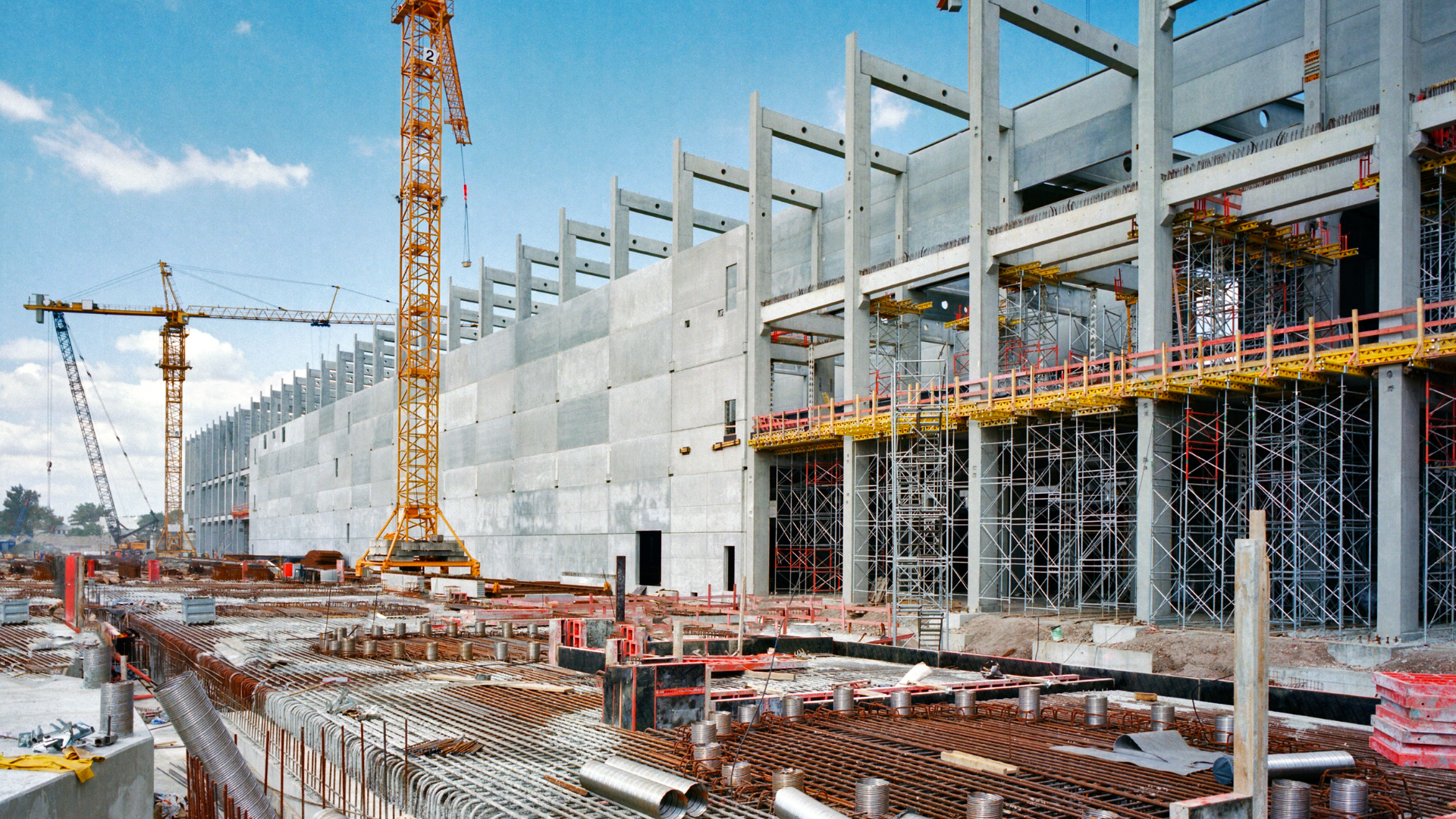In an era where efficiency and profitability are the main focus of every industry, Building Information Modeling (BIM) has proven itself as an indispensable tool in achieving positive Return on Investment (ROI) in construction projects. Data and reports show that the use of BIM not only provides significant financial benefits, but also opens the door to unlimited growth potential in the future.
Let's explore why BIM is an important key to achieving positive ROI.
McGraw Hill Report: Robust Evidence of Positive ROI
A report from McGraw Hill provides concrete evidence of the financial benefits derived from using BIM in construction projects. In this report, it was found that two-thirds of architectural BIM modeling users report a positive return on investment. These impressive figures show that BIM is not only a promising technology, but also delivers tangible results in terms of financial benefits for project stakeholders.

High Trust from BIM Member Users
Additionally, the survey also found that 83% of expert BIM users experienced a positive return on investment. This shows that professionals who are truly involved in using BIM have seen the benefits firsthand, both in terms of operational efficiency and improved project quality. This high level of confidence is strong evidence that BIM is not just a temporary trend, but an integral part of the future of the construction industry.
Belief in Future Potential with BIM
Not only that, the survey also revealed that 93% of BIM users strongly believe in the potential for increasing value in the future through continued use of BIM. This belief is reflected in the recognition that BIM is not just about optimizing current projects, but also about preparing for future challenges and opportunities. By continuing to adopt and develop these technologies, professionals in the construction industry can ensure that they remain relevant and competitive in an ever-changing environment.
Positive Impact of BIM
According to a recent survey, 41% of respondents reported an increase in the profitability of their projects after implementing BIM. How could this happen? The answer lies in BIM's ability to aid in cost control, better planning, and rapid identification and resolution of problems. By reducing waste and increasing efficiency, BIM paves the way for significantly increased profit margins for project stakeholders.

A. Project Cost Reduction
In addition to increasing profitability, the use of BIM has also been proven to result in significant reductions in project costs. As many as 50% of survey respondents reported reducing project costs by up to 50% after implementing BIM. How could this happen? BIM enables professionals to plan better, identify and address potential issues before they become real problems, and optimize the use of resources. Thus, construction costs can be reduced significantly without sacrificing quality or timeliness.
B. Cost Control
One of the main advantages of BIM is its ability to provide real-time visualization of changes, allowing professionals to make instant cost adjustments. With BIM, project stakeholders can easily track expenses, identify potential overspending, and take necessary corrective actions to ensure that the project stays within budget.
C. Improved Planning
BIM also allows professionals to carry out better project planning through detailed simulations. With BIM, stakeholders can create virtual models of their projects, test various scenarios, and identify potential problems before they occur. This allows for better coordination between teams, better decision making, and increased overall project efficiency.

D. Accurate Material and Time Estimates
One important aspect of construction project management is accurate estimates of materials and time required. BIM allows professionals to make precise calculations regarding required materials, minimize waste, and ensure that orders are executed correctly. With BIM, stakeholders can have greater visibility over their inventory, avoid material shortages or excesses, and optimize resource use.
Improved Collaboration and Error Prevention
Last, but not least, BIM also facilitates better collaboration between teams and error prevention. With BIM, professionals can easily share information, work together on the same model, and quickly identify potential conflicts or problems. This reduces the risk of errors and delays, ensuring that projects run smoothly and efficiently.
Conclusion
Data and reports show clearly that BIM is an important key to achieving positive ROI in construction projects. By helping increase efficiency, reduce costs, and improve quality, BIM opens the door to significant financial benefits for project stakeholders. Moreover, BIM also brings hope for future growth and innovation, providing confidence in the long-term value of investing in this technology. Thus, professionals in the construction industry should not overlook the important role that BIM plays in achieving financial and professional success.
The use of BIM has had a significant impact on the construction industry, increasing profitability, reducing costs, increasing efficiency and enabling better collaboration. By continuing to adopt and utilize this technology, construction professionals can ensure that they remain competitive in this digital era.